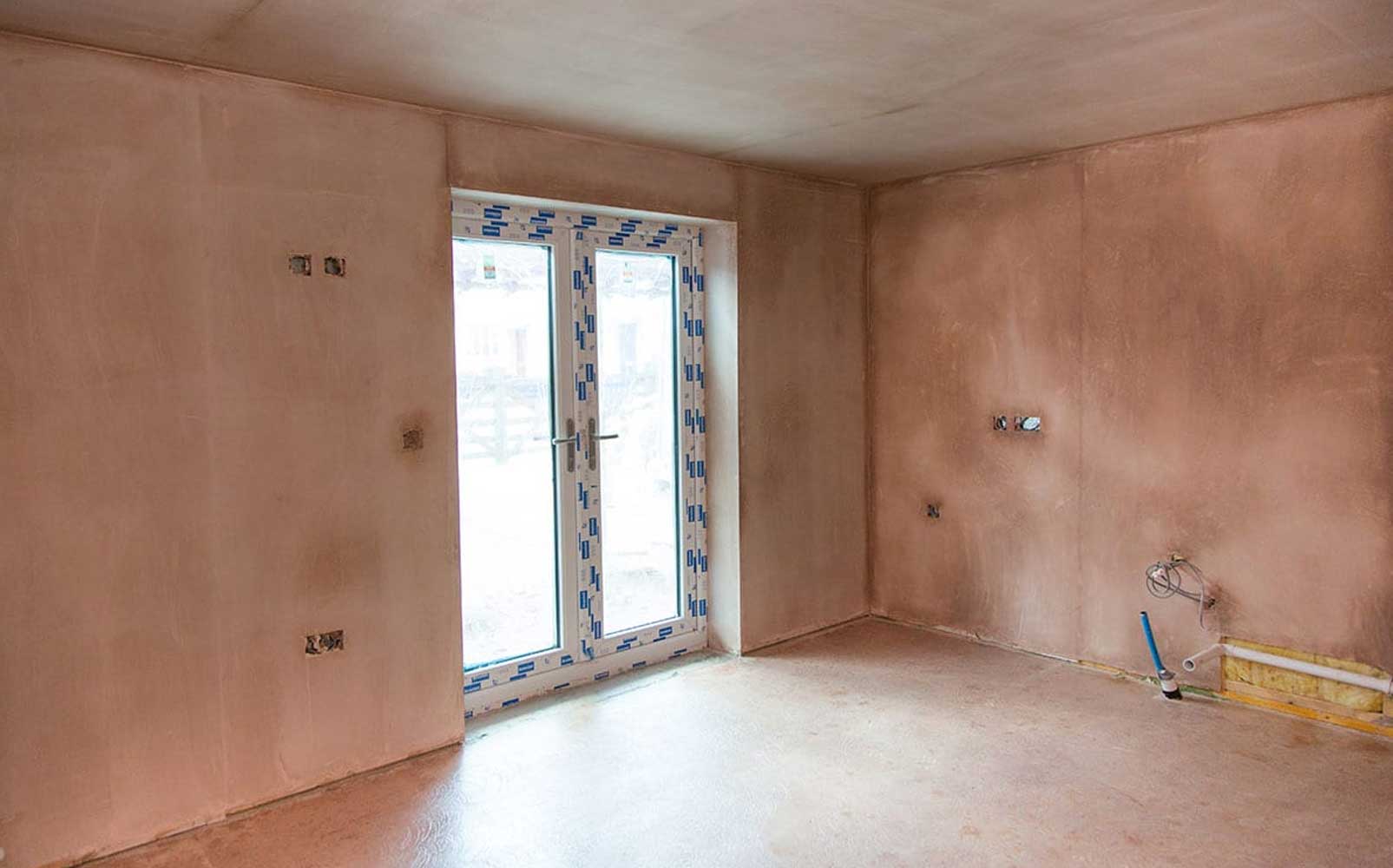Painting new plaster is an essential step in achieving a clean, professional look for any freshly renovated or constructed space. However, painting too soon or skipping crucial steps can lead to peeling, bubbling, and a less-than-perfect finish. In this guide, we’ll walk you through when and how to paint new plaster to ensure a flawless, lasting result.
Why Proper Timing Matters
New plaster is porous and retains a lot of moisture. Painting over damp plaster can trap moisture underneath the paint, leading to problems like peeling and cracking. Waiting until the plaster is fully dry allows the paint to adhere properly and ensures a durable finish.
How Long Does New Plaster Take to Dry?
The drying time of new plaster depends on several factors:
- Room Temperature: A consistent temperature between 18-22°C (64-72°F) is ideal.
- Humidity: High humidity can slow down the drying process, while dry, ventilated rooms allow plaster to cure faster.
- Thickness of the Plaster: Skim coats over existing plaster may dry within 2-3 days, while full-thickness plaster can take up to 3-6 weeks.
How to Tell if the Plaster is Ready to Paint
The color of the plaster is a good indicator of dryness. Fresh plaster is typically a dark pink or brown shade, but it lightens as it dries. Fully dried plaster usually takes on a pale pink or light gray tone. It’s essential to wait until all areas of the wall are consistent in color and touch dry before moving on to painting.
Steps to Paint New Plaster for the Best Results
Step 1: Prepare the Room and Check Conditions
Before painting, ensure the room is well-ventilated. Open windows and doors, or use a fan or dehumidifier to help air circulation. Avoid using direct heat sources like space heaters, as they can dry plaster too quickly and cause cracking.
Step 2: Apply a Mist Coat
Applying a mist coat is crucial. A mist coat is a thinned-down coat of paint, typically a matte emulsion diluted with water, which acts as a primer to seal the plaster and create a solid base for your top coats.
- Prepare the Mist Coat: Mix 3 parts water to 7 parts emulsion paint (water-based, matte paint works best). This mixture creates a light, runny coat that can penetrate the porous surface of the plaster.
- Apply the Mist Coat: Use a roller or brush to apply the mist coat in even, light layers. Allow the mist coat to dry for at least 24 hours.
Step 3: Inspect the Surface
Once the mist coat is dry, inspect the plastered surface for any imperfections. Small cracks, pinholes, or blemishes may appear after the mist coat. Use fine filler and sandpaper to smooth any rough spots.
Step 4: Apply the Top Coats
Now you’re ready for the top coats. Choose a quality emulsion paint suitable for interior walls and ceilings.
- First Coat: Apply the first full-strength coat using a roller for even coverage. Use a brush for corners and edges.
- Allow to Dry: Let the first coat dry completely, following the manufacturer’s recommended drying time.
- Apply the Second Coat: After the first coat is fully dry, apply a second coat for a polished, even finish.
Tips for the Best Finish
- Avoid Gloss Paints: Gloss paint can highlight imperfections on new plaster. Matte or eggshell finishes are more forgiving and provide a smoother look.
- Avoid Rushing: Patience is key. Allow each layer—plaster, mist coat, and top coats—to dry fully before moving to the next step.
- Test Small Areas: If you’re unsure about dryness, try painting a small patch first and check if any imperfections or bubbling occur.
Common Mistakes to Avoid
- Painting Too Soon: This is one of the biggest mistakes. Plaster that’s even slightly damp will cause paint issues.
- Skipping the Mist Coat: Skipping this step often leads to peeling, as the paint doesn’t adhere well to the porous surface of new plaster.
- Using Oil-Based Paint: New plaster benefits most from water-based paints, as they allow the surface to breathe.
FAQs
1. Can you speed up plaster drying time?
While it’s best to let plaster dry naturally, a dehumidifier or good ventilation can help. Avoid using heaters, as they may cause cracks by drying plaster too fast.
2. What paint is best for new plaster?
Water-based, matte emulsion paints are ideal for new plaster, especially for the mist coat. Avoid gloss or oil-based paints.
3. Can I paint new plaster without a mist coat?
It’s not recommended. A mist coat helps the top coats adhere properly, reducing the risk of peeling or flaking.
Conclusion
Painting new plaster requires patience, but it’s worth the wait for a beautiful, durable finish. By following the right steps—waiting for full drying, applying a mist coat, and finishing with top coats—you’ll achieve professional-looking results that last. Whether you’re working on a small DIY project or a full room renovation, taking the time to prepare new plaster will pay off in a stunning, smooth finish.


